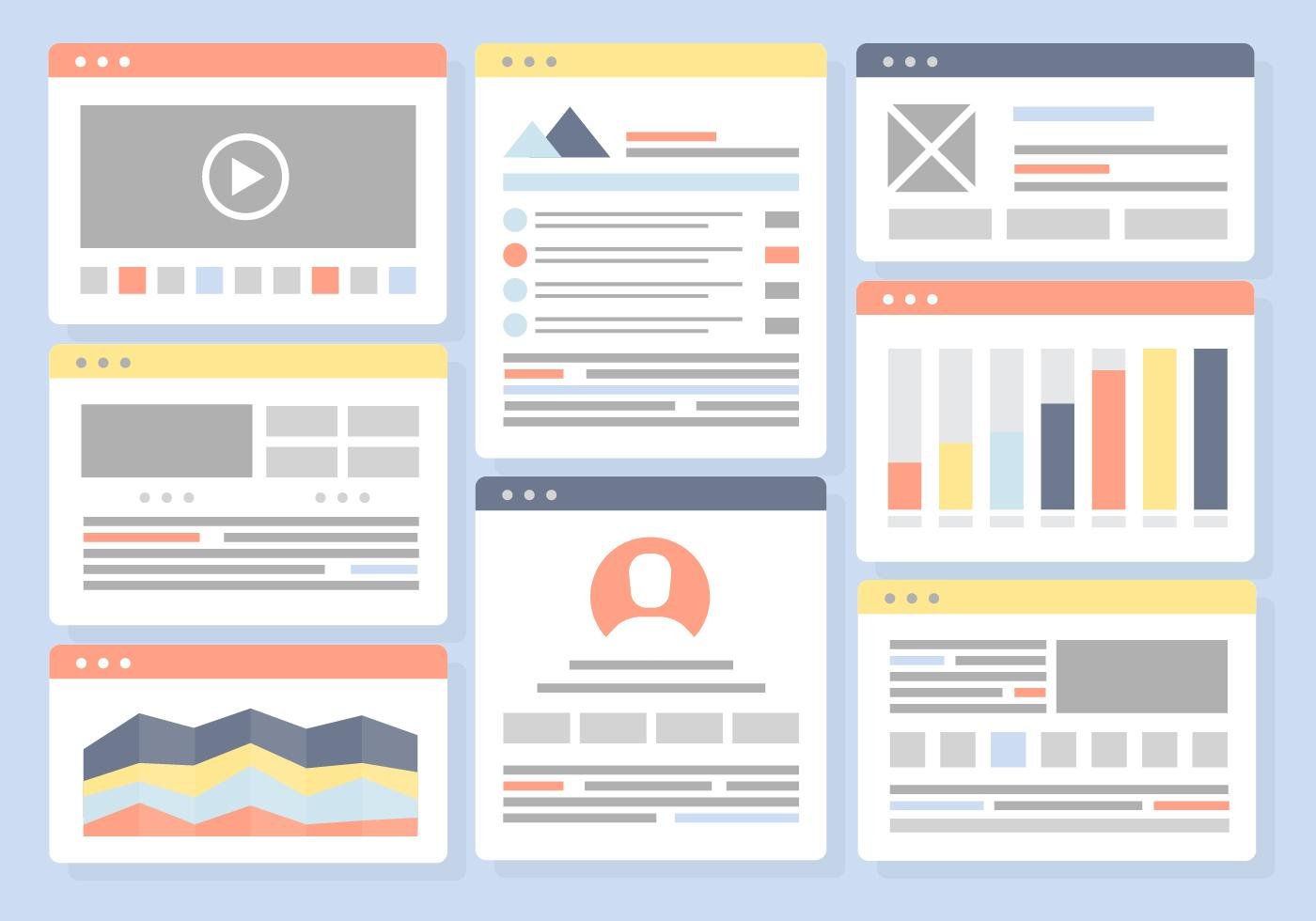Landing pages are critical components of any digital marketing strategy. They serve as dedicated web pages designed to capture leads, promote offers, or drive specific actions from visitors. An effective landing page can significantly boost your conversion rates and enhance your overall marketing efforts. This guide will walk you through best practices for designing high-converting landing pages, including layout tips, call-to-action strategies, and A/B testing methods.
Why Landing Pages Matter
Landing pages are essential because they focus visitors’ attention on a single goal or action. Unlike general website pages, which may offer various options and distractions, landing pages are designed with a clear and specific purpose, such as:
- Capturing email addresses for lead generation
- Promoting a special offer or discount
- Encouraging a product purchase
- Driving sign-ups for a webinar or event
A well-designed landing page can significantly increase your conversion rates by providing a streamlined and compelling user experience.
Key Elements of High-Converting Landing Pages
1. Clear and Compelling Headlines
Your headline is the first thing visitors see and sets the tone for the rest of the page. It should be:
- Attention-Grabbing: Use strong, engaging language that immediately captures interest.
- Relevant: Ensure the headline aligns with the offer or action being promoted.
- Concise: Keep it brief and to the point.
Example: Instead of “Our Services,” use “Unlock Your Business Potential with Our Expert Consulting.”
2. Focused and Persuasive Copy
The body copy of your landing page should clearly explain the benefits of your offer and address any potential objections. Key points to include:
- Value Proposition: Clearly state what makes your offer valuable and why it’s beneficial.
- Features and Benefits: Highlight key features and how they translate into benefits for the user.
- Social Proof: Include testimonials, reviews, or case studies to build credibility and trust.
Example: If you’re offering a free trial of a software product, explain how it solves a specific problem and provide testimonials from satisfied users.
3. Compelling Call-to-Action (CTA)
Your CTA is arguably the most crucial element of your landing page. It should:
- Stand Out: Use contrasting colors and prominent placement to make the CTA button noticeable.
- Be Action-Oriented: Use clear, action-driven language like “Get Started Now” or “Claim Your Free Trial.”
- Create Urgency: Phrases like “Limited Time Offer” or “Join Today” can encourage immediate action.
Example: Instead of a generic “Submit” button, use “Download Your Free Guide Now” to make the CTA more compelling.
4. Clean and Simple Design
A cluttered or complex design can distract visitors and hinder conversions. Focus on:
- Minimalist Layout: Keep the design simple with a clear focus on the CTA and key information.
- High-Quality Images: Use relevant, high-resolution images that support your message and enhance visual appeal.
- Whitespace: Utilize whitespace effectively to guide the visitor’s attention and improve readability.
Example: Avoid multiple CTAs on the same page. Instead, concentrate on one primary action to avoid confusion.
5. Mobile Optimization
With a significant portion of web traffic coming from mobile devices, ensuring your landing page is mobile-friendly is crucial. Key considerations include:
- Responsive Design: Ensure the landing page adapts to different screen sizes and devices.
- Fast Load Times: Optimize images and reduce page elements to enhance load speed on mobile devices.
- Easy Navigation: Ensure buttons and forms are easily clickable and accessible on smaller screens.
A/B Testing for Optimization
A/B testing involves creating two versions of a landing page to determine which one performs better. This method helps optimize your landing page by testing various elements, such as:
- Headlines: Test different headlines to see which resonates more with your audience.
- CTA Buttons: Experiment with different button colors, sizes, and wording.
- Images: Compare the effectiveness of different images or visuals.
- Copy Variations: Test various copy styles and lengths to find what drives higher engagement.
Steps for A/B Testing:
- Define Your Goal: Identify what you want to improve (e.g., click-through rates, form submissions).
- Create Variations: Develop two versions of the landing page with one differing element.
- Split Traffic: Direct half of your traffic to Version A and half to Version B.
- Analyze Results: Use analytics tools to compare performance and determine which version achieved better results.
- Implement Changes: Apply the successful elements to your landing page and continue testing for further improvements.
Conclusion
Creating high-converting landing pages involves more than just attractive design. By focusing on clear and compelling headlines, persuasive copy, effective CTAs, and a clean layout, you can enhance your landing page’s effectiveness. Additionally, ensuring mobile optimization and employing A/B testing will help you continuously refine your approach and achieve better results. By implementing these best practices, you’ll be well on your way to crafting landing pages that drive conversions and support your overall marketing goals.
4o mini

Comments are closed